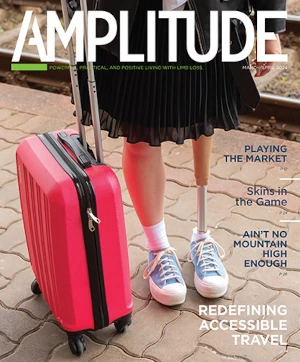
Research by Maria Woodward, MD, examines patient attitudes about telemedicine and remote eye exams. Image courtesy of U-M Kellogg Eye Center.
Virtual collaborations with ophthalmologists may one day prevent the top cause of new blindness in the United States.
After a nationwide telemedicine diabetic screening program in England and Wales, diabetic retinopathy is no longer the leading cause of blindness there. Similar e-health programs could grow stateside, where diabetic retinopathy remains the main driver of new-onset blindness. But it hasn’t been known if patients would participate.
Researchers at the University of Michigan’s (U-M’s) Kellogg Eye Center conducted a study of older adults to find out. If services are convenient, patients will use them, the investigation found.
“Telemedicine has been shown to be a safe method to provide monitoring for diabetic eye care. If physicians plan to change the way that people get care, we must create a service that is appealing and tailored to the patients,” said senior study author Maria Woodward, MD.
Early detection and treatment is key to prevent blindness from diabetic retinopathy, but fewer than 65 percent of U.S. adults with diabetes undergo screening. In underserved populations, rates can drop as low as 10 or 20 percent.
Shifting screening to a telemedicine program could ease the burden on patients who face high costs of care, lack access to care, or have difficulty with transportation or getting time away from work, researchers said.
Finding ways to address screening will become more important in coming decades, as the number of people with diabetes is projected to more than double to 366 million worldwide by 2030.
Only 3 percent of the 97 patients surveyed in the study had heard of telemedicine. But once telemedicine was explained, 69 percent believed telemedicine could be more convenient than traditional one-on-one exams with a specialist.
Patients were less interested in telemedicine if they had been living with diabetes for a number of years, or if they had a good relationship with their doctor. They were more willing to participate if they thought telemedicine would be more convenient than a routine eye exam or they had other health issues that made it harder for them to get to the doctor.
This article was adapted from information provided by U-M Health System.



